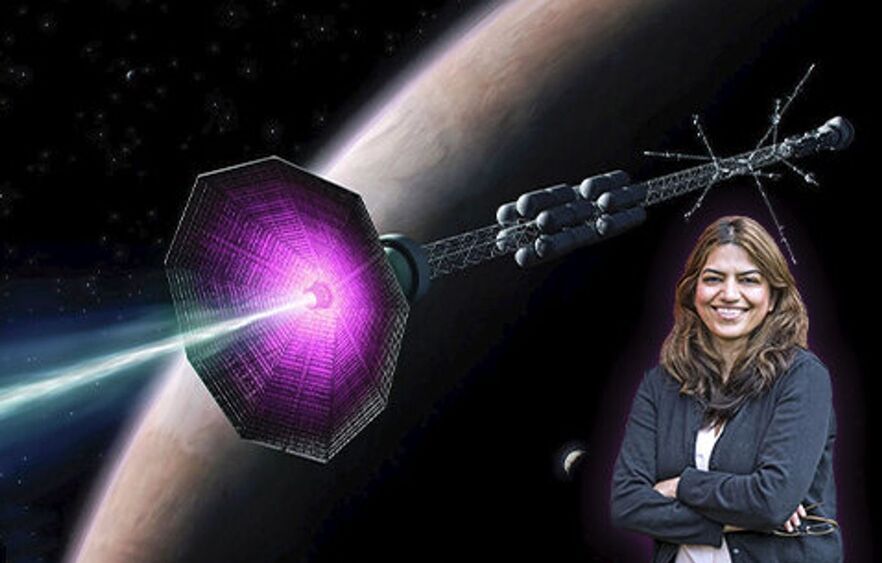The domain name perl.com was stolen this week and is now points to an IP address associated with malware campaigns.


The domain name perl.com was stolen this week and is now points to an IP address associated with malware campaigns.

“In a paper recently published the Journal of Cleaner Production, the researchers detail how they grew wood-like plant tissue from cells extracted from the leaves of a zinnia plant, without soil or sunlight. “The plant cells are similar to stem cells,” says Luis Fernando Velásquez-García, a principal scientist in MIT’s Microsystems Technology Laboratories and co-author of the paper. “They have the potential to be many things.” With the ability to “tune” the plant cells into whatever shape they decide, Ashley Beckwith, mechanical engineering PhD student and the paper’s lead author, says they could use this process to grow more efficient materials. “Trees grow in tall cylindrical poles, and we rarely use tall cylindrical poles in industrial applications,” she says. “So you end up shaving off a bunch of material that you spent 20 years growing and that ends up being a waste product.” Instead, their idea is to grow structures that are more practical, like rectangular boards or eventually an entire table that doesn’t need to be assembled, which would reduce waste and potentially let land currently used for logging instead be preserved as forest.”
Why cut down trees when you can grow wood in the exact shape you need?







For centuries, scientists have tried to work on formulas to extend human life. While scientific and medical advancements have pushed the average human life expectancy to 71 years worldwide, researchers are still trying to find out if it can be extended further. Now, a group of scientists is leaning on artificial intelligence (AI) to combine conventional medicine to treat diseases and prevent them to extend longevity.
Conventional medicine has been the go-to tool for scientists to treat diseases and effectively extend life expectancy. But it has limitations too. While it can treat diseases, it’s not very effective in detecting early signs of an ailment that can reduce life expectancy. But combining AI, fundamental research and medicine could bring about a change in the research of extending human life. Dubbed as Longevity medicine, the scientists — Alex Zhavoronkov, Evelyne Yehudit Bischof and Kai-Fu Lee — proposed a framework. Their article was published in the journal Nature Aging.
Dr Zhavoronkov is a computer scientist with a doctorate in biophysics. Bischof is a practicing doctor who is researching on aging and gerooncology at the University Hospital Basel in Switzerland. Lee is known for his expertise in AI.
Scientists have proposed an artificial intelligence-based framework that can analyze millions of parameters and help fight aging.
This is the first part of the interview with Harold Katcher in Modern Healthspan YouTube channel.
Dr. Harold Katcher is a professor of Biology at the University of Maryland. He has been a pioneer in the field of cancer research, in the development of modern aspects of gene hunting and sequencing. He carries expertise in bioinformatics, chronobiology, and biotechnology. Dr. Katcher is currently working in the capacity of Chief Technical Officer at Nugenics Research exploring rejuvenation treatments in mammals.
In May 2020 there was a paper published on biorxiv about the rejuvenation of rats by over 50%. We did a review of the paper which you can find linked to above. In this interview series we talk with Dr. Harold Katcher, one of the main authors of the paper about the experiment, the steps to get validation, commercialization and how the results fit into his theories of aging.
In this video we talk about the actual experiment and some of the results that Dr. Katcher and his team saw.
The paper can be found here https://www.biorxiv.org/content/10.1101/2020.05.07.082917v1.full.
If you would like to support our channel, we’d love a coffee…thank you! https://www.buymeacoffee.com/mhealthspan.